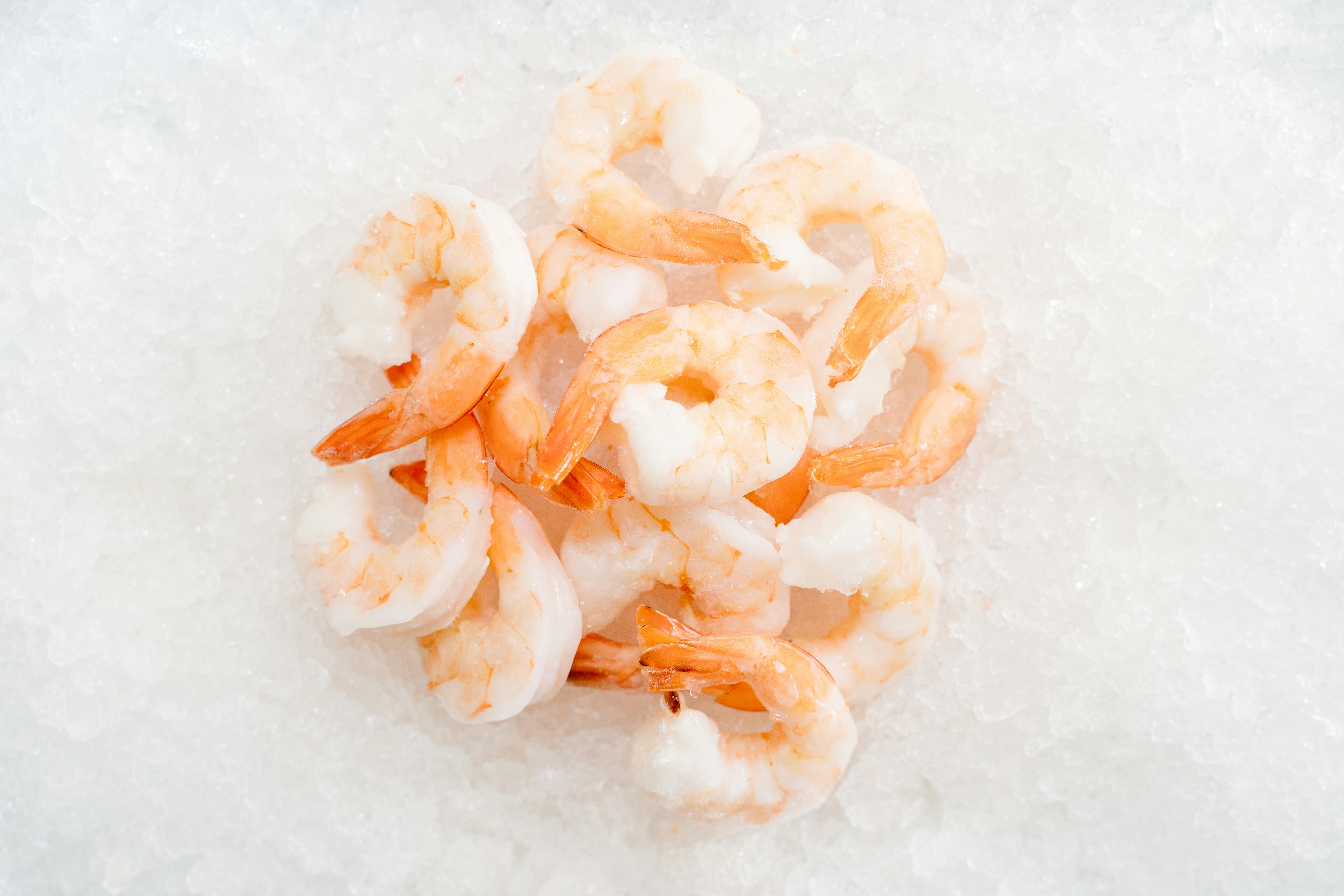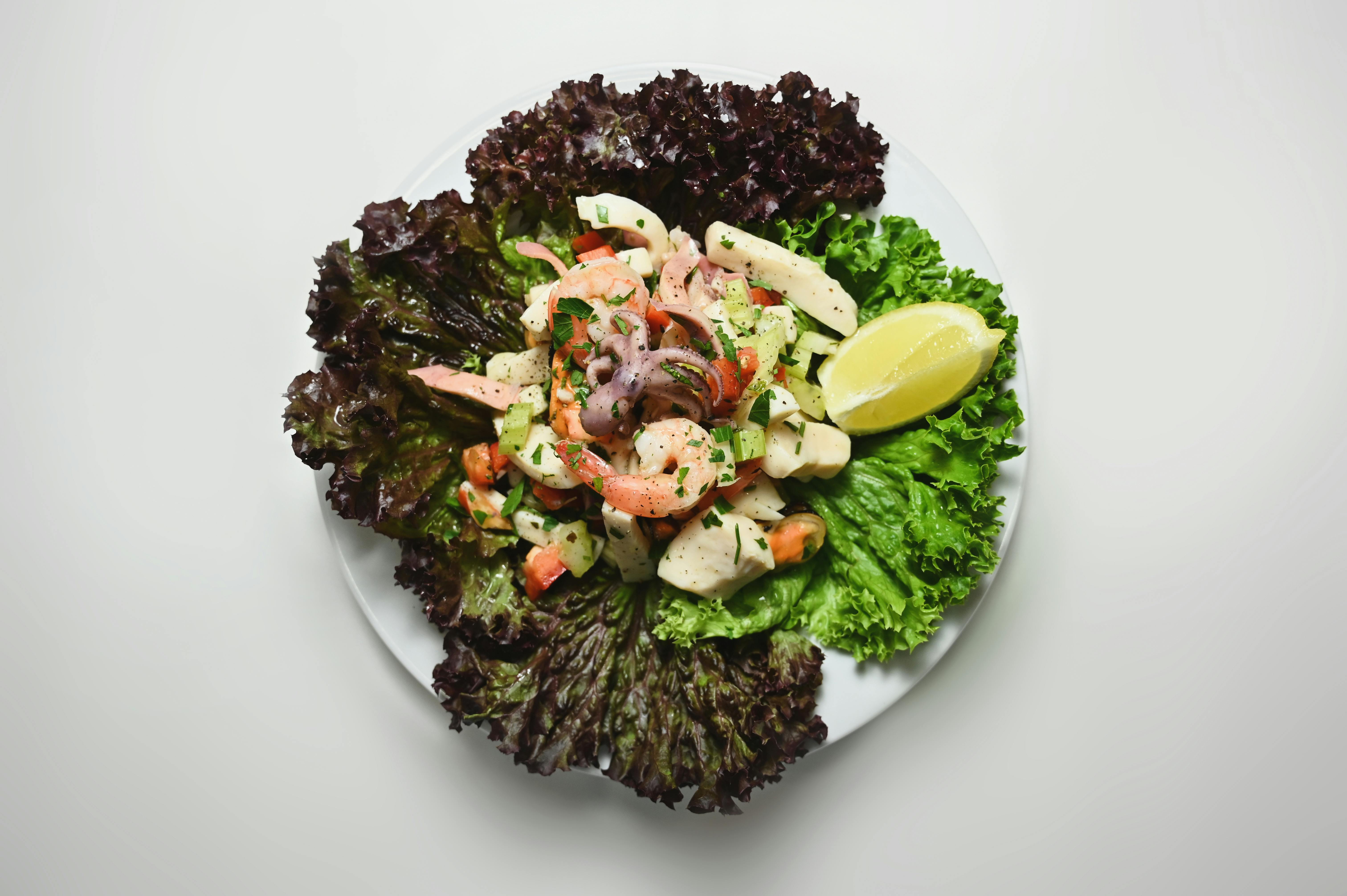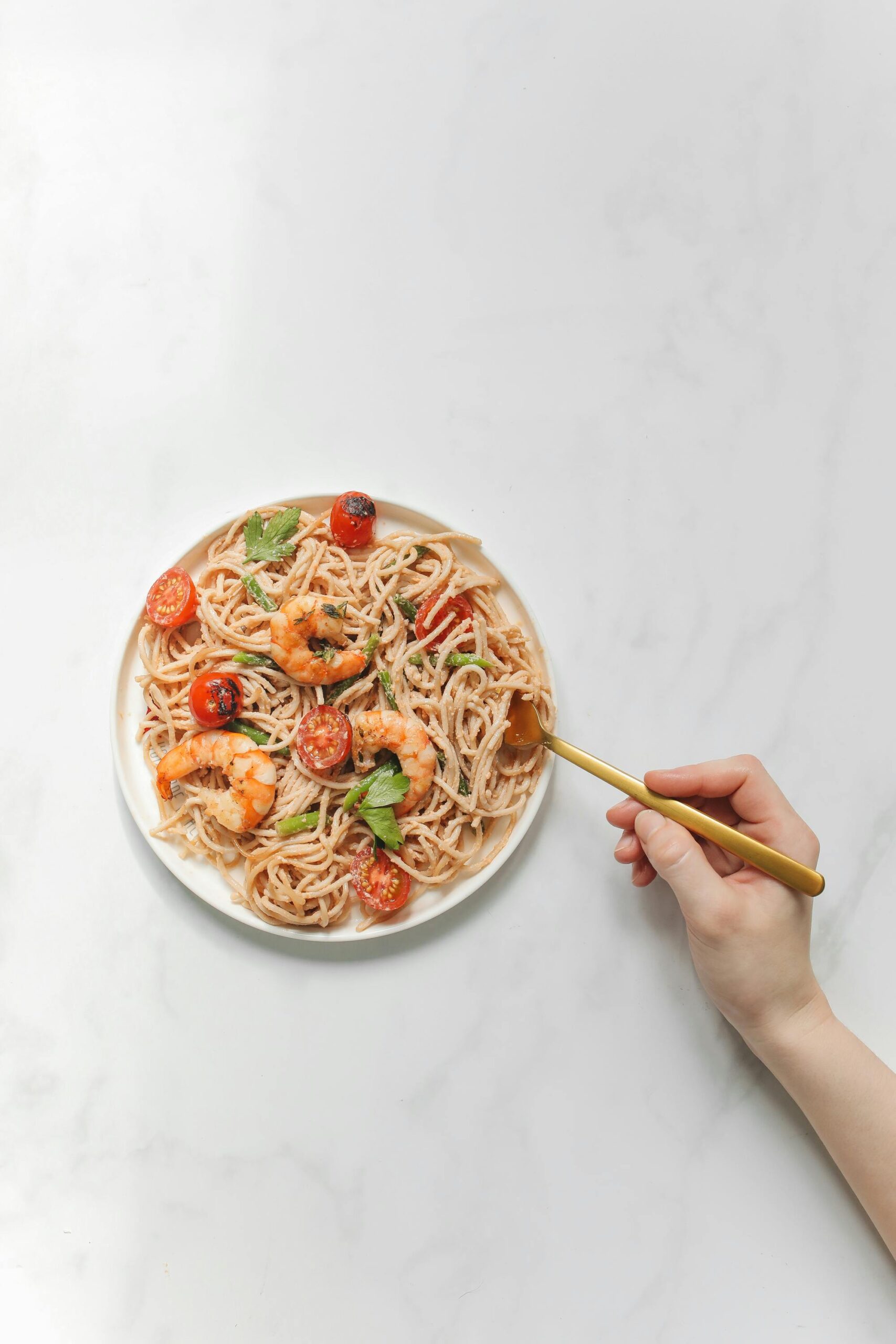Effective Ways to Feed Shrimp for Optimal Growth in 2025: Discover the Best Diet!
Feeding shrimp correctly is crucial for their growth, health, and overall well-being, especially in aquaculture and aquarium settings. In 2025, understanding the shrimp diet has become more nuanced, emphasizing a mix of natural shrimp food sources and commercially available products. According to recent studies, a well-balanced diet aids in improving shrimp growth rates and enhances shrimp gut health, ensuring they stay vibrant and active. This guide will explore different types of shrimp food, feeding behaviors, and optimal feeding strategies to help shrimp thrive.
Here’s an overview of what you can expect from this article:
- Essential components of a balanced shrimp diet.
- The benefits of natural versus commercial shrimp food.
- How to create a feeding schedule tailored to your shrimp’s needs.
- Tips for selecting the best shrimp food brands available.

Essential Guide to Shrimp Diet: Components of Nutrition
Understanding the specific nutritional requirements for shrimp is imperative for optimizing their diet. Shrimp are generally classified as omnivores, herbivores, or carnivores, each requiring different dietary components. Ensuring a balance of proteins, carbohydrates, and fats can significantly enhance shrimp strength and growth.
Key Nutritional Needs
Most shrimp require a diet rich in protein, typically ranging between 30-50%. Essential proteins can come from various sources, including:
- Animal-Based Proteins: Foods like brine shrimp, fish meal, and shrimp pellets are excellent sources.
- Plant-Based Proteins: Incorporating algae and vegetables enriches their diet, promoting gut health.
Adding spirulina for shrimp is a popular choice due to its high protein content and boasts several vitamins necessary for shrimp health. This leads to improved coloration and overall vitality.
Understanding Feeding Habits
Shrimp exhibit unique feeding behaviors, influenced by their habitat and food availability. Observing these habits can guide you in selecting appropriate food types that meet their dietary needs. For example, shrimp forage for detritus and biofilm in nature, making it vital to replicate this in home aquaria.
Types of Shrimp Food
The variety in shrimp food sources can significantly affect their growth rates. Here are some important types of food to consider:
- Commercial Shrimp Food: Pellets and flakes formulated to meet shrimp nutritional needs.
- Natural Food Sources: Algae, vegetables, and detritus collected from the tank.
Utilizing a mix of these food types can ensure that your shrimp receive all necessary nutrients while keeping the feeding process exciting.

How to Create the Best Shrimp Meal Plan
Designing a shrimp meal plan involves scheduling their feedings realistically while ensuring a balanced distribution of food types throughout the week. The goal is to meet shrimp dietary requirements while preventing overfeeding, which can lead to water quality issues.
Establishing a Feeding Schedule
A well-defined shrimp feeding schedule promotes consistent growth and health. For adult shrimp, consider feeding them 1-2 times daily, while baby shrimp may require more frequent smaller meals. Here’s a sample schedule:
- Day 1: Commercial pellets
- Day 2: Blanched vegetables (e.g., zucchini, spinach)
- Day 3: Live food (e.g., daphnia or brine shrimp)
This mix supports varied shrimp feeding behavior by incorporating different food textures and flavors.
Monitoring Feeding Practices for Growth
Assessing how much to feed shrimp can also be influenced by their growth stage. As shrimp grow, their protein requirements may change. Implementing a method to monitor their feeding can help adjust food portions to accommodate growth.
Common Feeding Mistakes to Avoid
Common mistakes include overfeeding and neglecting food variety. Both can contribute to poor water quality and reluctant feeding behaviors. Here are some tips to avoid these mistakes:
- Feed only what they can consume in 2-3 minutes.
- Limit high-protein food servings to prevent excessive waste.
Being mindful of these aspects leads to sustainable breeding practices and healthy shrimp populations.
The 2025 Best Shrimp Food Options
The shrimp food market has evolved, offering an array of options to cater to varying shrimp dietary needs. When discussing the best food options, it’s essential to evaluate both commercial brands and homemade recipes.
Top Commercial Shrimp Food Brands
Several shrimp food brands have proven effective during growth studies. Some of the most recommended include:
- Hikari: Known for its high-quality shrimp pellets.
- Omega One: Offers nutrient-rich flakes ideal for both freshwater and marine shrimp.
Researching and experimenting with a variety of these brands is essential in determining which best suits your specific shrimp species.
Advantages of Homemade Shrimp Food
Preparing homemade shrimp food allows for a customized diet that meets specific health needs. Recipes can include spirulina, shrimp shells, and various vegetable blends. Such options not only minimize costs but also allow for greater feeding control.
Evaluating Shrimp Food Quality
Regularly examining the nutritional value of shrimp food is vital. Look for products that list specific ingredient sources, avoiding fillers that offer no nutritional value. For enhanced growth, choose foods rich in vitamins and minerals.
Understanding Shrimp Feeding Behavior in Aquaculture
In aquaculture, shrimp feeding behavior is critical for maximizing production. Observing how shrimp interact with different food types can influence feeding strategies and growth outcomes.
Feeding Frequency and Its Impact
Research shows that the feeding frequency of shrimp can correlate directly with their growth rates. Setting a fixed feeding rhythm and ensuring optimal food quality will promote better results in shrimp weight gain and health.
Feeding Shrimp in Tanks
Properly managing tank conditions significantly impacts shrimp feeding. Maintaining appropriate water parameters, including temperature and pH, ensures an ideal environment for efficient feeding behavior.
Impact of Dietary Diversity on Shrimp Growth
Offering a more diverse diet not only reflects natural feeding habits but also improves the nutritional balance. Incorporating various food types influences shrimp metabolism and overall growth, leading to healthier populations in aquaculture.
Q&A: Common Queries about Shrimp Feeding
What is the best food for shrimp growth?
High protein pellets and a mix of natural foods such as vegetables and algae are ideal for promoting optimal growth.
How often should I feed my shrimp?
Generally, feeding shrimp 1-2 times a day is sufficient, adjusting for growth stages and tank conditions.
Can I feed shrimp only commercial food?
While commercial food is effective, diversifying their diet with natural food sources enhances shrimp health and growth.
What happens if I overfeed my shrimp?
Overfeeding can lead to poor water quality and subsequent health issues for shrimp, as leftover food decomposes in the tank.
How can homemade shrimp food benefit my shrimp?
Homemade shrimp food allows for tailored nutrition, potentially increasing health benefits and reducing dependency on commercial options.
